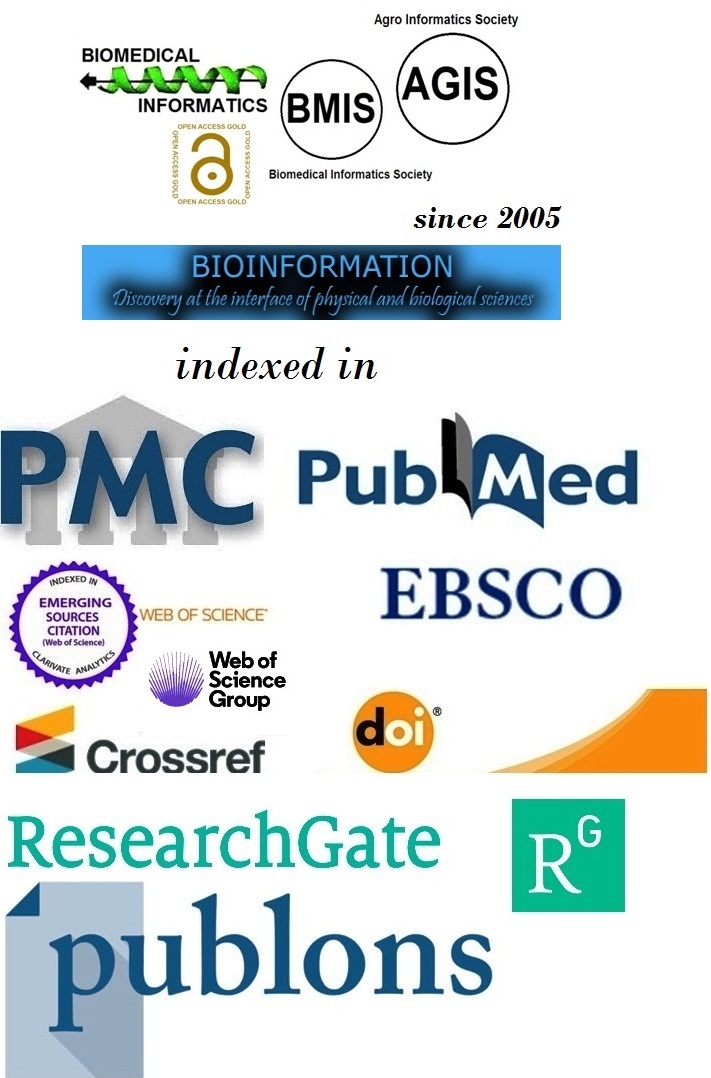Title
Artificial intelligence in the diagnosis of temporomandibular joint disorders using cone-beam computed tomography (CBCT)
Authors
Sunil Kar1, Gopal Srivastava2, Nidhi Hirani3, Aditya S Dupare4,*, Sameer Gupta5 & Souhardya Roy6
Affiliation
1Department of Prosthodontics, IDS, Soa University, Bhubaneswar, Odisha, India; 2Department of Oral Medicine and Radiology, Government Dental College Thiruvananthapuram, Kerala, India; 3Department of Oral Medicine and Radiology, Dharmsinh Desai University, Chalali, Nadiad, Gujarat, India; 4Department of Oral Medicine Diagnosis & Radiology, Yogita Dental College & Hospital, Khed, Dist Ratnagiri, Maharashtra, India; 5Department of Oral & Maxillofacial Surgery, Inderprastha Dental College and Hospital, Sahibabad, Ghaziabad, Uttar Pradesh, India; 6Department of Oral Medicine and Radiology, Kalinga Institute of Dental Sciences, Bhubaneswar, Odisha, India; *Corresponding author
Sunil Kar - E - mail: sunilkar888@gmail.com; Phone: +91 6371571297
Gopal Srivastava - E - mail: gopalsrivastava45@gmail.com; Phone: +91
9532486010
Nidhi Hirani - E - mail: nidhihirani8@gmail.com; Phone: +91
9099376158
Aditya S Dupare - E - mail: adupare@ymail.com; Phone: +91 9665559075
Sameer Gupta - E - mail: sameer.gupta83@yahoo.in; Phone: +91
9873941402
Souhardya Roy - E - mail: mailsouhardyaroy@gmail.com; Phone: +91
7908300070
Article Type
Research Article
Date
Received April 1, 2025; Revised April 30, 2025; Accepted April 30, 2025, Published April 30, 2025
Abstract
Temporomandibular joint disorders represent disorders which hinder the proper functioning of TMJ alongside causing pain-related problems. Therefore, it is of interest to analyse 150 CBCT scans using AI integration methods applied for TMD diagnosis. The AI-generated model displayed 92.4% accurate results and 90.8% sensitivity together with 93.7% specificity at a 0.95 AUC that matched radiologist agreement at κ = 0.89. The availability of AI diagnostics cut down diagnostic assessment time to deliver higher efficiency together with greater consistency. The future application of AI-assisted CBCT analysis appears promising yet needs additional verification steps before it becomes clinically available for broader medical use.
Keywords
Artificial intelligence, temporomandibular joint disorders (TMD), cone-beam computed tomography (CBCT), deep learning, TMJ diagnosis, radiology automation
Citation
Kar et al. Bioinformation 21(4): 805-808 (2025)
Edited by
Hiroj Bagde MDS, (PhD), PGDCR, PGDHHM, PGDL, PGDM
ISSN
0973-2063
Publisher
License
This is an Open Access article which permits unrestricted use, distribution, and reproduction in any medium, provided the original work is properly credited. This is distributed under the terms of the Creative Commons Attribution License.
